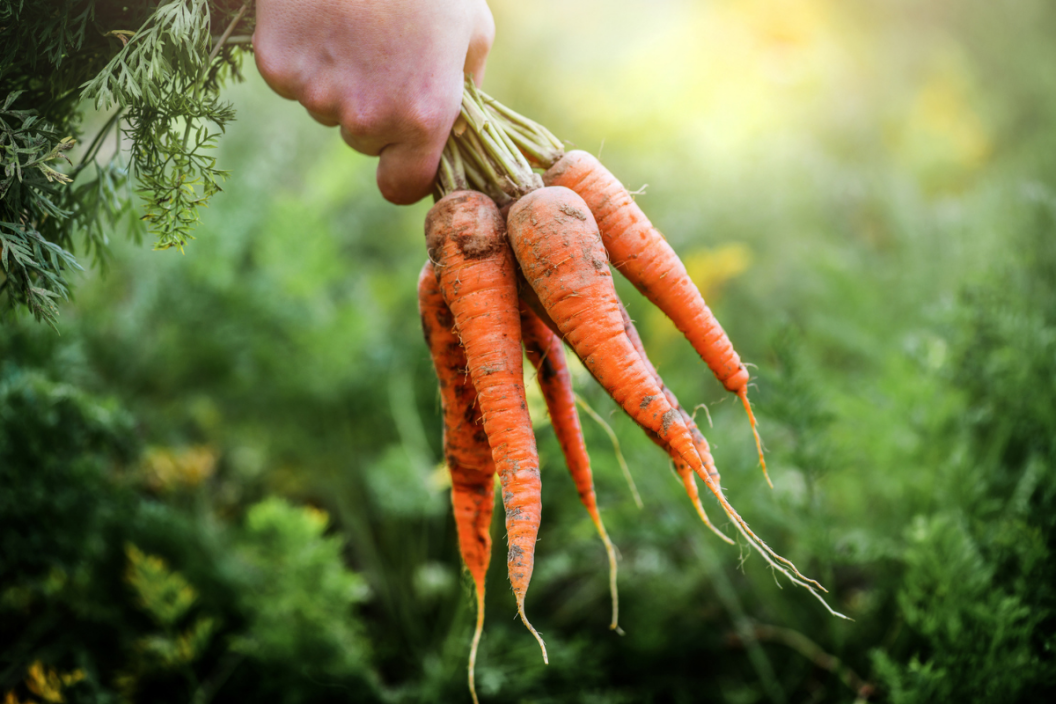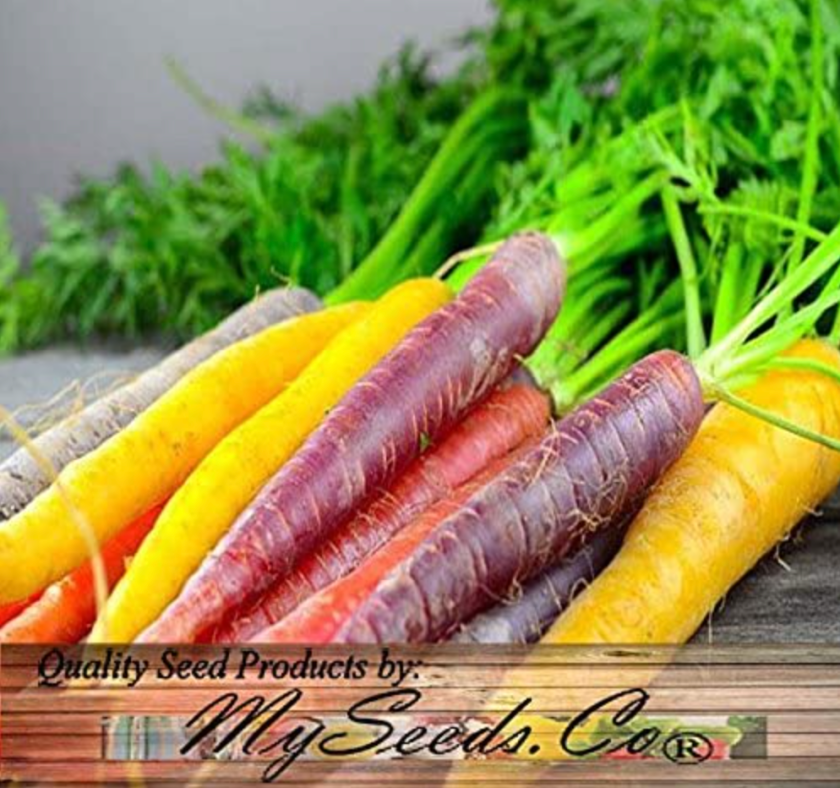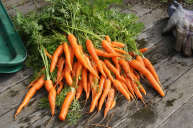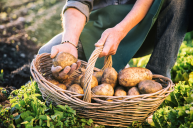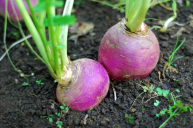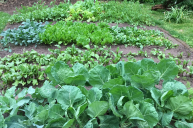Few things are as rewarding as planting something in the garden, watching it grow, and then finally reaping the benefits of your hard work and patience with a fresh, delicious meal. However, to get to this point, your vegetable garden needs to survive the elements and receive all of the sunshine and water it requires to become the tasty meal you planted it to be. Here's when to harvest carrots for a delicious carrot soup or carrot cake grown from your own backyard.
Videos by Wide Open Country
One of the hardest elements of gardening for novices is figuring out when to harvest your plants. If you do it too early, you're dealing with veggies that haven't matured yet and likely don't taste the way you want them too, along with a reduced yield. However, if you wait too long, your fruits and veggies will be poor quality or even start going bad.
How Can You Tell When Carrots Are Ready to Harvest?
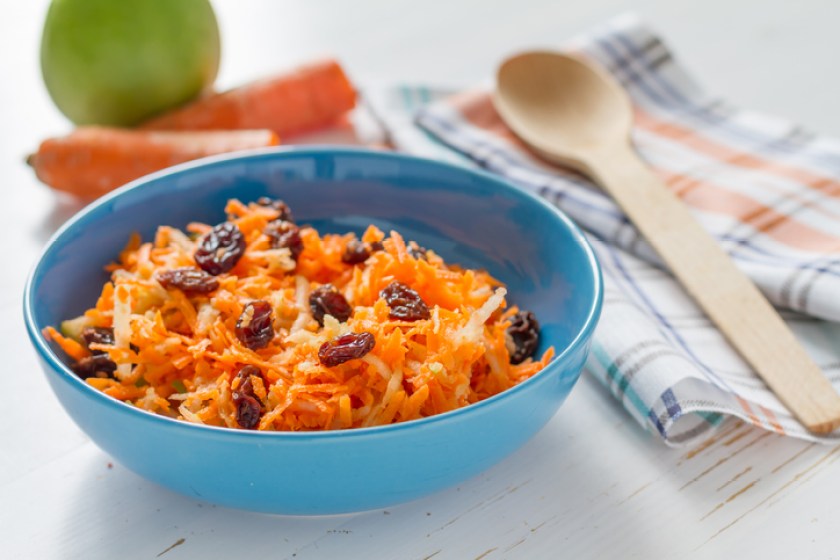
Getty Images/a_namenko
There are a number of different ways to calculate when to harvest your carrots. Some people prefer to use a general estimate based on how long the particular carrot variety usually takes, while others use visual cues. Each method has its benefits, and gardeners should figure out which works best for them!
Fortunately, carrots are more resilient than many other plants, and will likely be ok even if exposed to a frost or freeze. The time to harvest them doesn't typically need to be an exact science, which is good news for beginning gardeners.
Plus, you can pick your carrots at a number of different stages based on your preferences. Harvest baby carrots in the early spring if you like, or let the carrots grow to full maturity. Either way, you'll get to enjoy health benefits like beta carotene and vitamin A, along with the deliciousness of freshly grown veggies.
1. Use the Planting Date
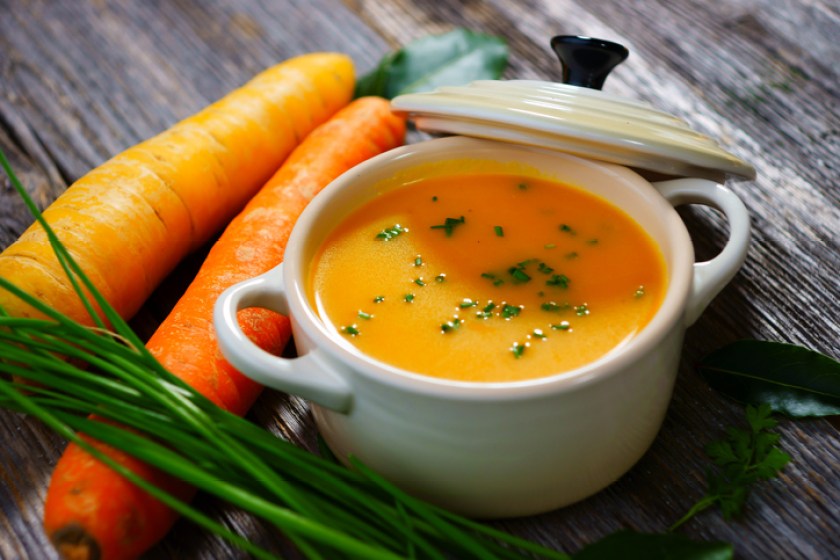
Getty Images/
zeleno
Using the planting date is a good method if you don't trust yourself to correctly interpret the visual cues of the growing carrots. Just like other vegetables, every carrot variety has a slightly different growth rate. Check the seed catalog or seed packet for the "days to maturity."
Some will be ready within under two months, while others will need over three months to get to maturity. If you have a short growing season in your area, choose a variety that takes a shorter time to mature. Or, if you're hoping to enjoy your carrots in the fall or winter for the winter holidays, choose one with a longer maturity time.
When you plant your carrot seeds, mark down the day in the calendar, and look ahead to see when you'll harvest your carrot crop based on the days to maturity. Then, when this day comes, go out to your garden and harvest your carrots!
2. Check the Shoulders
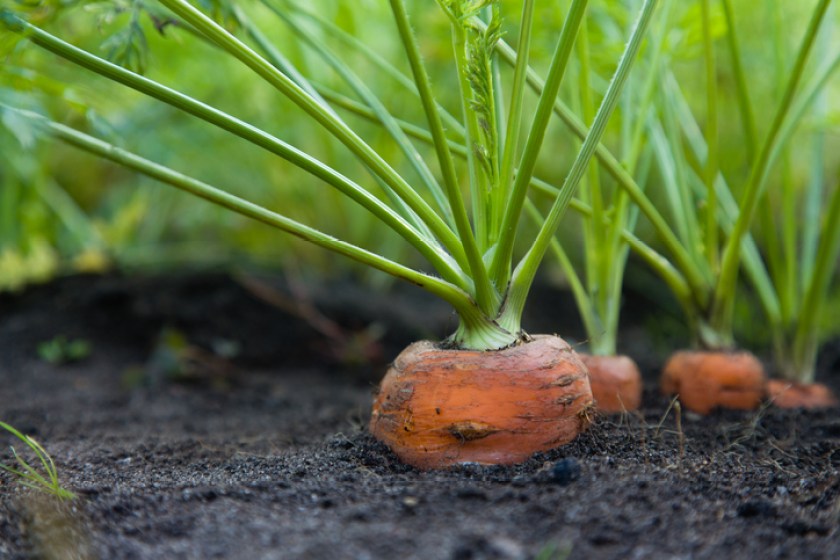
Getty Images/More86
Another way to know when to harvest carrots is using visual cues, which is more casual and feels more natural to some than counting out an exact number of days. This is a good method if you have a lot of veggies to keep track of already or if you're not one for using calendars and dates.
The main visual cue to look for when harvesting carrots is their shoulders, which is the top of the carrot root, right below the green part. Unless you use mulch or compost to cover them, the carrot tops will peek out of the soil as they get closer to maturity.
You can see how mature they are by how wide the shoulders are. If they're the thickness of a pencil, they're still baby carrots. You can harvest the young carrots at this point if this is what you want, and they'll be a tasty snack or salad addition. However, these fresh carrots won't keep very long and are best for fresh eating.
Once the carrot shoulders are between the diameter of a nickel and a quarter, they're getting to be on the larger size. At this stage, they have thicker skin, and are perfect for cooking. They're also ideal for long-term storage, unlike the baby carrots.
Tips for How to Harvest Carrots
Once you've decided when to harvest carrots, it's important to know how to harvest them for the best results. One of the most important considerations is what time of day to harvest them. It's best to do so first thing in the morning when you get up, especially if you're going to store some of them long-term. This way, the plant hasn't been strained by the heat and sun of the day, and has a high moisture content.
Plant carrots in deep loose soil for straight roots, rather than bent or forked ones. When pulling longer carrots out, use a long-handled shovel or garden fork rather than a trowel to avoid breaking them. Also, make sure never to simply pull them out by the green tops! It's best to dig them out so as not to break the roots.
How to Choose the Right Soil Moisture Content
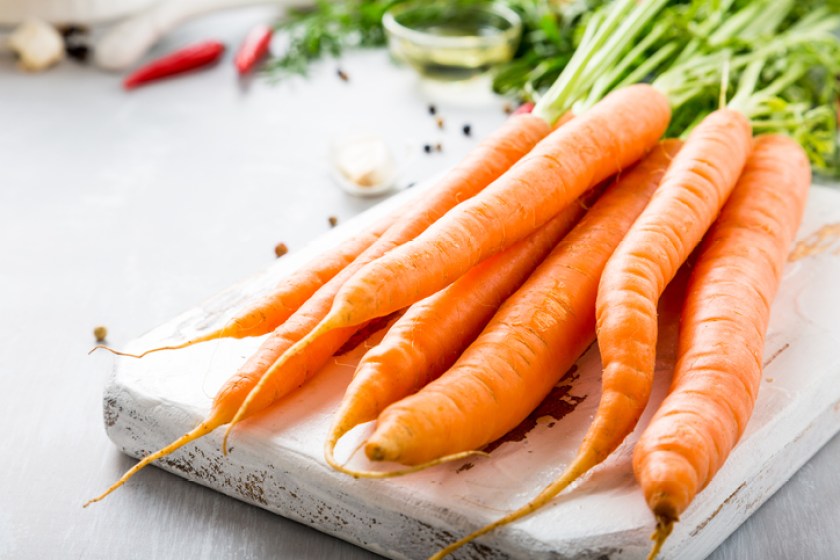
Getty Images/Merinka
It's also essential to think about the amount of moisture in the soil when you go to harvest your carrots. If you're planning on eating or cooking the carrots immediately after harvesting, you want a high amount of moisture in the soil. Water your carrot patch the day before you harvest, or wait until a big rain to harvest them. This ensures that the roots are deliciously juicy, along with making it much easier to dig them out.
On the other hand, if you're harvesting carrots for long term storage in a root cellar or fridge, you want less moisture in your soil, because if they're too moist when put into storage, they can easily grow rot. Wait 3 to 4 days after watering or after a big rain, and then dig the carrot roots up. Leave them to sit in the shade for about two hours, brush off the soil, and put them into storage. Either store carrots in a dark, dry place in your house or in a plastic bag in the fridge.
Another storage option is in the ground. Some gardeners prefer to leave a few carrots in the ground each growing season. Cover them with a row cover or a plastic mini tunnel for protection, and let them continue growing. During the winter, if you have a hankering for fresh carrots, go out to your garden and dig them out! This resilient veggie will survive if the ground freezes as long as you've covered them in a thick layer of mulch.
Editor's Note: Products featured on Wide Open Eats are independently selected by our editors. However, when you buy something through our links, we may earn a commission.
READ MORE: These 7 Farming Tools Are Must-Haves for Beginner Gardeners and Novice Farmers
